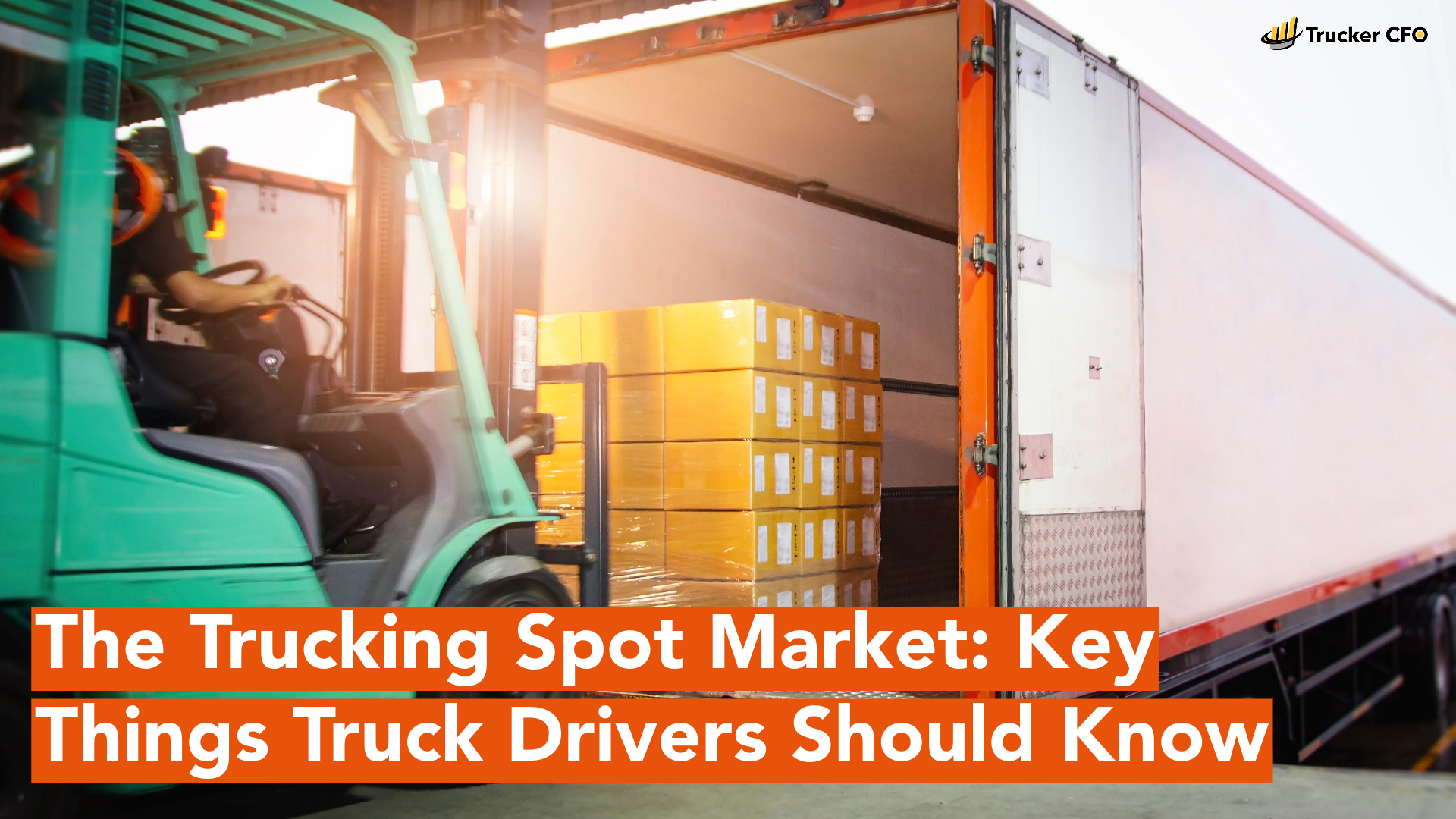
If you’ve heard about the trucking spot market and wondered what it’s all about, this blog is for you. We’re going to talk about some important things that help you understand the market better. Let’s break it down into simple terms.
What is the Tender Rejection Rate?
Imagine you get an offer to carry a load, but you decide not to take it. That’s what we call a “tender rejection.” The Tender Rejection Rate (TRR) is just how often drivers like you and other carriers say “no” to these offers. When lots of drivers are turning down offers, it usually means there are more loads than drivers available. This can lead to higher pay for the loads you do take. But if drivers are accepting most offers, it might mean there are more drivers than loads, and the pay might be lower.
Freight Volumes: How Much Stuff Needs Moving
Freight volumes are all about how much stuff there is to move. When there’s a lot of stuff, it’s busy, and you might get more work. When there’s not much to move, things can be a bit slow. This can change with the time of year or how the economy is doing.
Contract vs. Spot Rates: Different Ways to Get Paid
There are two main ways you can get paid for moving loads: contract rates and spot rates. Contract rates are like a long-term deal where you agree to move loads for a set price. Spot rates are more like one-time deals, where you agree on a price for just one load at a time. Sometimes the pay for these one-time deals is higher than the long-term ones, especially when there’s a lot of demand.
Other Things to Keep in Mind
- Load-to-Truck Ratios: This is about how many loads there are compared to trucks. If there are more loads than trucks, you might have a better chance of getting higher pay.
Fuel Costs: Gas prices can really affect your work. If it costs more to fill up, the job might not pay as well.
Lead Times: This is how much notice you get for a job. Short notice jobs might pay more.
Carrier Financial Health: It’s good to know how the companies you work for are doing financially. If they’re doing well, it could mean more stable work for you.
How These Things Work Together
All these things are connected. Like, if there’s a lot of stuff to move (high freight volumes), and not many drivers, you might be able to ask for more money (higher spot rates). Or if gas prices go up, it might be harder to make a good profit on a job.
Tips for Truck Drivers in the Spot Market
- Stay informed: Knowing what’s going on in the market can help you make better decisions about which loads to take.
Use technology: There are apps and tools that can help you find the best loads and keep track of rates.
Build good relationships: Working well with different companies can lead to more job offers and better rates.
Wrapping Up
The trucking spot market can seem complicated, but once you understand these key things, it gets easier. By keeping an eye on these factors, you can make smart choices about your work and make the most out of your time on the road. Safe travels and happy trucking!
